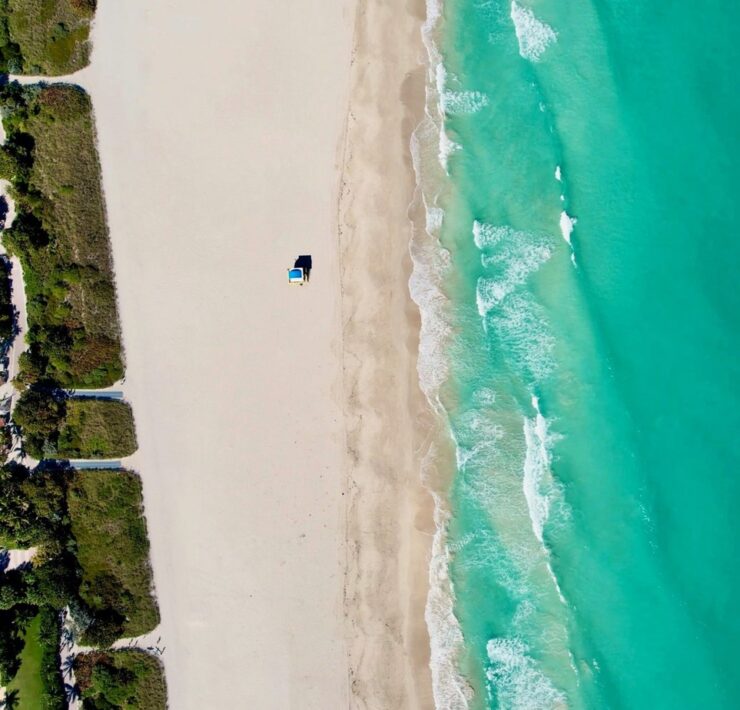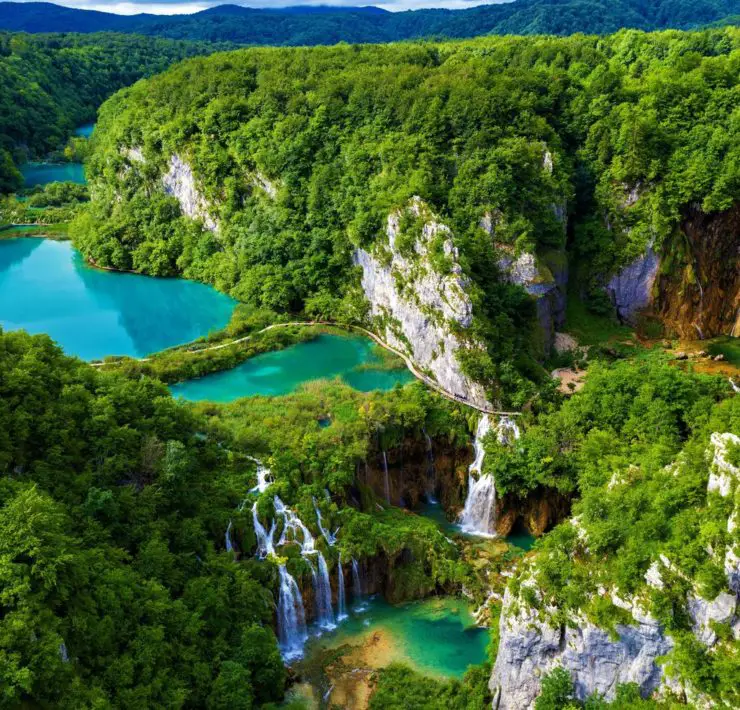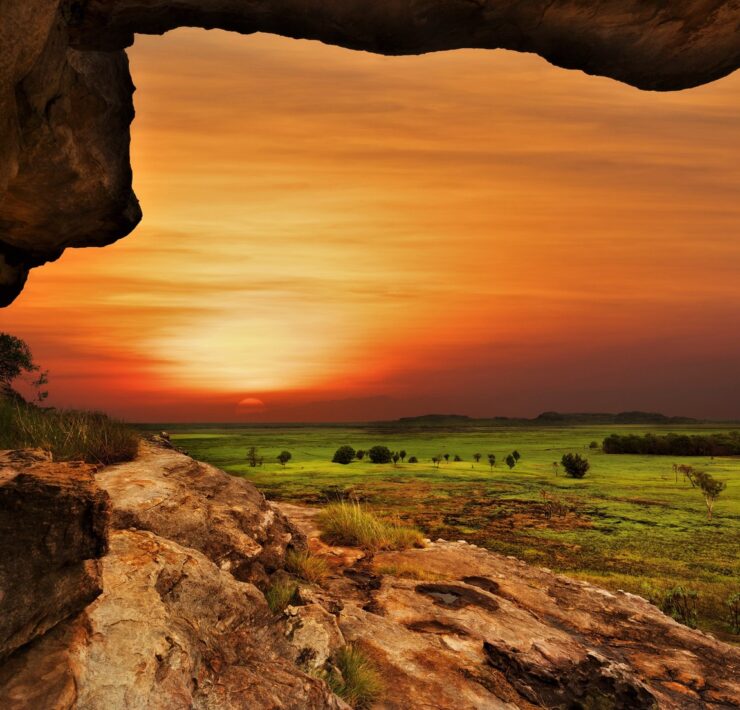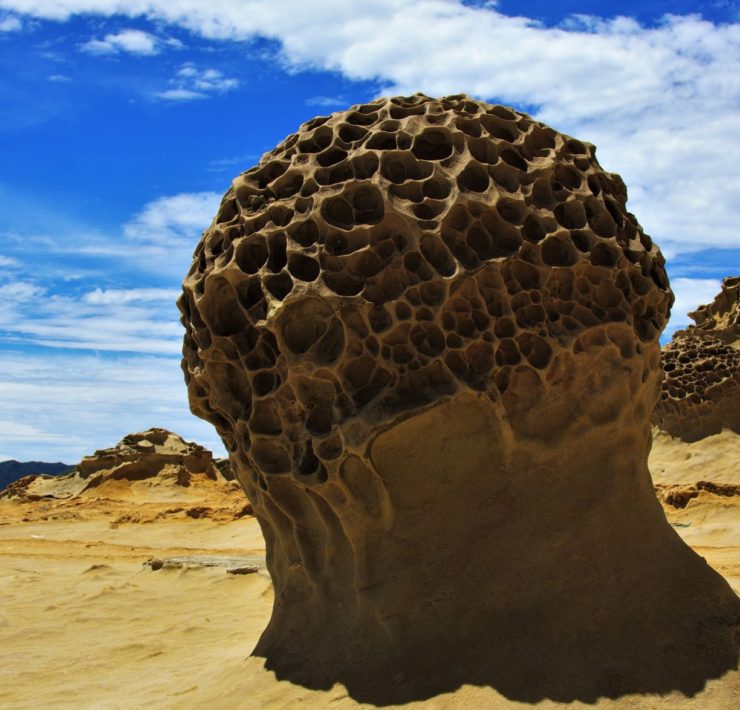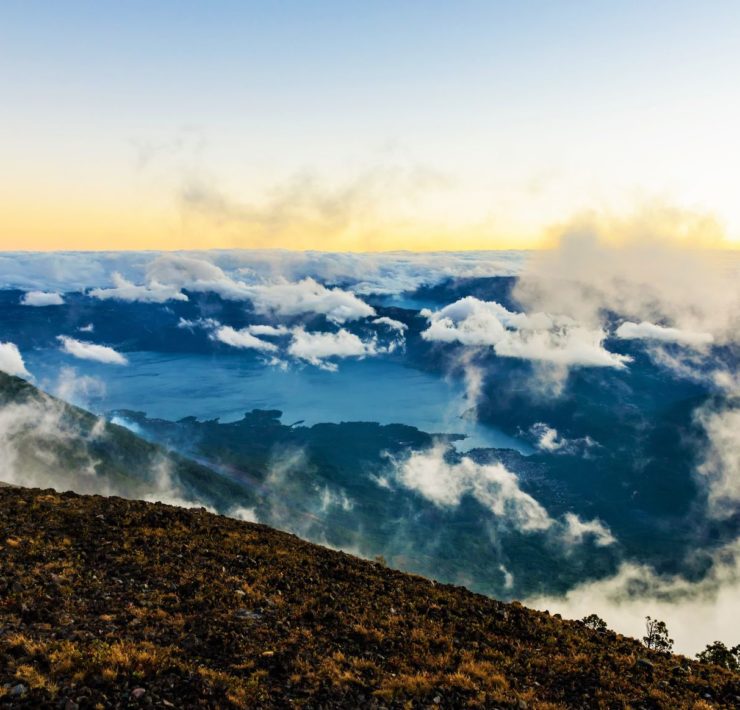Given that it’s the 21st century, you should be familiar with the typical rain, snow, sun, and night phenomena by now. But despite the advanced age of our civilization, there are still a number of natural phenomena that most of us haven’t even heard of and have only recently been explained. Some of the natural formations on our list are so rare that at first they were even mistaken as UFOs! To break the ignorance and your fear about what’s happening around you, check out this list of bizarre natural phenomena that’ll tickle your curious mind.
1. Frost Flowers
In autumn or early winter, the freezing temperatures enable the sap in long-stemmed plants to expand and escape. This pressure splits open parts of the stem and oozes out water that automatically turns into ice. The escaping ice looks like a perfectly curled fruit peel or paper sheet, thin enough to create flower-like figures that replace the actual plant. These can also be called as frost faces, ice castles, ice blossoms, or crystallofolia.
2. (The other) Frost Flowers
Another formation called frost flowers found in sea ice and lake ice deserve to be on this list too. These frost flowers ‘”grow” during cold, calm conditions with extremely high salinities and concentrations of other sea water chemicals. This happens when the atmosphere is colder than the underlying ice. These formations can be usually found in the Arctic.
3. Ice Fumaroles
Hundreds of ice chimneys that reach up to 60 feet slowly pierce up to the skies of Antarctica. These spikes are called ice fumaroles which are formed due to the natural contrasting hot and cold environment of Antarctica. A deep cave is formed from the snow molten by deep volcanoes and steam comes out rising as it freezes and forms itself into spiky towers.
4. Moonbows
Moonbows, also known as lunar rainbows, are amazing yet rare natural occurrences that happen only with the right weather and the right astronomical conditions. This perfect time happens when the moon’s light is reflected and refracted off water droplets in the air. To be precise, the full or almost-full moon should first be low enough in the dark sky to hit its light on the water droplets present in the air, opposite the moon’s direction.
5. Snow Rollers
Think about when you were a kid and watching a cartoon where a small snowball transforms into a huge one as it rolls down the snow-covered hill. You can actually see that in real-life and these huge snowballs called snow rollers or snow donuts just need to be formed from light, sticky snow with help of the wind’s sculpting abilities. According to the National Weather Service, the snow on the ground must be icy and crusty, preventing falling snow from sticking. About an inch of loose, wet snow must accumulate, along with strong winds to scoop it up. These rollers can grow as large as a foot in diameter.
6. Fire Rainbows
The so-called fire rainbows or firebows aren’t really created from fire and it’s not even a rainbow. These “rainbows” are actually iridescent clouds caused by clouds of water droplets of nearly uniform size that diffract light and separate it into different wavelengths or colors. This phenomena happens usually in newly formed clouds.
7. Brinicle
Brinicles are long ice fingers that slowly form under the sea until it reaches the seafloor and freezes the ground including the creatures along its way. This happens when the salt-heavy brine accumulated within the frozen sea ice leaks out and flows down freezing the surrounding water, forming a descending tube of ice.
8. Catatumbo Lightning
Catatumbo lightning can be witnessed in the Lago de Maracaibo/Catatumbo River region in northern Venezuela, South America. It’s not that different from the usual electrified thunderstorms found around the world, except for the fact that this storm just happens in the same place night after night, and it happens for almost half the year. Catatumbo Lightning is produced by thunderstorm complexes that form due to diurnal wind patterns influenced by the mountains that surround the area.
9. Nacreous Clouds
Nacreous clouds can be seen in places with temperatures of below–85°C and that includes high mountain ranges which induce gravity waves in the lower stratosphere. These cloud sheets slowly undulate and stretch as the waves evolve. Although they seem harmless due to their iridescent pastel colors, nacreous clouds are considered to be the most destructive to our atmosphere. The sad truth is, their presence encourages the chemical reactions (caused by CFCs) that break down the ozone layer.
10. Lenticular Clouds
Lenticular clouds are stationary lens-shaped clouds that form on high altitudes, normally perpendicular to the wind direction. On mountains where the air flows over, large scale standing waves form right at the downside creating what we see as lenticular clouds. Lenticular clouds shaped like bells are formed when air is forced upwards a mountain peak, cooling and saturating with moisture, and finally having its molecular water condense into cloud droplets.
11. Morning Glory Clouds
The Morning Glory cloud is a rare meteorological phenomenon that is only known to occur in the southern part of the Gulf of Carpentaria in Northern Australia. This cloud is a roll cloud that can reach up to 1,000 kilometers long and often 100 to 200 meters above the ground. Morning Glory clouds are formed due to the mesoscale circulation associated with sea breezes that develop over the Cape York Peninsula and the Gulf of Carpentaria. If you want to see these odd clouds, you can visit Burketown in Northern Australia from late September to early November.
12. Fog Bow
A rainbow is formed caused by reflection, refraction, and dispersion of light in water droplets brought by different forms of airborne water such as rain, mist, and dew. When the water droplets aren’t from the usual forms that create a rainbow but from a fog instead, then you’ll have a chance to see a fog bow. Though similar to a rainbow, a fog bow has only very weak colors.
13. Mammatus Clouds
When you suddenly see pouch-like clouds up in the sky, there’s no need to hide. These are called mammatus clouds and they can be sometimes seen after a horrible thunderstorm. The round pouches are a result of subsiding air with high concentration of precipitation particles like ice crystals and water droplets. Over time, these particles will evaporate and that’s when the mammatus clouds will dissolve.
14. Undulatus Asperatus Clouds
Undulatus Asperatus means “agitated waves” and this happens when enough atmospheric instability, or rising air, is available to create widespread cloud cover, wind shear and turbulence. All of these factors display the wavy, rough sea-like visual effect. They might look dark but they don’t form storms. This occurrence often happens in the Great Plains area of the United States during the morning or midday hours.
15. Light PIllars
There’s a light show happening and thank all the clouds and the cold weather for a spectacular show. Columns of light that beam upwards the sky are formed with the help of the plate-shaped ice crystals normally only present in high clouds. These crystals reflect the light back downwards and thus, they form the show that we call “light pillars”.
16. Skypunch
The skypunch, better known as the fallstreak hole, is a large circular or elliptical gap that can appear in cirrocumulus or altocumulus clouds. This hole in the sky is caused by water droplets that remain colder than 0°C but refuse to freeze. However, some of the droplets in the group of unfrozen water start to freeze and drop off, allowing the rest of the water to follow. This happening leaves a large almost-circular hole in the cloud.
17. Maelstrom
A maelstrom is a powerful whirlpool created when moving water twists and turns. It’s not really new to see this in lakes and rivers, but when it happens in an ocean and your cruise ship takes that route, then that’s already something serious. Maelstroms can suck in ships and can be created by sinkholes and tsunamis. One of the most popular maelstroms in the world is the Moskstraumen in Norway.
18. Waterspout
A waterspout is a whirling column of air and water mist. There are two kinds of waterspouts: tornadic waterspouts that develop downward in a thunderstorm; and the fair weather waterspouts that develop on the water surface and goes upward. If you encounter one you better not stop and stare, but avoid it by moving a 90-degree angle to its apparent movement.
19. Hessdalen Light
Unusual lights glow and drift gently through the sky, over the valley of Hessdalen, Norway. It seems to be an unidentified object at first but after years of study, it’s found out that the rocks in the valley are rich in zinc and iron on one side and copper on the other. This discovery has led to a theory that the lights are lit up by the electricity that flowed through the rocks and the electromagnetic field lines explain why these lights move around.
20. Ball lightning
A ball lightning was an unexplainable atmospheric electrical phenomenon described to be like exploding balls that vary in diameter and often associated with thunderstorms. So far, it’s found out that the elements present in the soil during the occurrence of ball lightning were silicon, iron, and calcium. This discovery created the theory that the ball is caused when lightning strikes the ground and vaporizes some of the silicate minerals in soil.
21. Penitentes
Tall thin ice blades of hardened snow or ice can be seen all over the snow-covered areas in the Dry Andes. These are called ‘penitentes’, a name based from the tall, pointed habits and hoods worn by brothers of religious orders in the Procession of Penance. These blades are caused by freezing water vapor temperatures around the area and the sun’s rays turns the snow into water vapor without melting, a process known as sublimation.
22. Fire Whirls
You see a tornado, but this time it’s entirely made up of fire. Fire whirls are so rare yet crazy that it’s almost unbelievable to see one watch it calmly. Fire whirls can be formed in two ways: when a tornado spins close to a forest fire, or when a heavy concentration of heat is generated in a small area.
23. Supercells
Based on the name, supercells sound like a terrible day you don’t want to encounter – worse than all the Mondays combined. A supercell is a thunderstorm characterized by the presence of a mesocyclone. This type of thunderstorm is the rarest but the most severe of all and you can distinguish them easily by their large-scale rotation.
When On Earth Magazine is for people who love travel. We provide informative travel guides, tips, ideas and advice regarding places to see, things to do, what to taste, and much more for world travelers seeking their next dream vacation destination.

